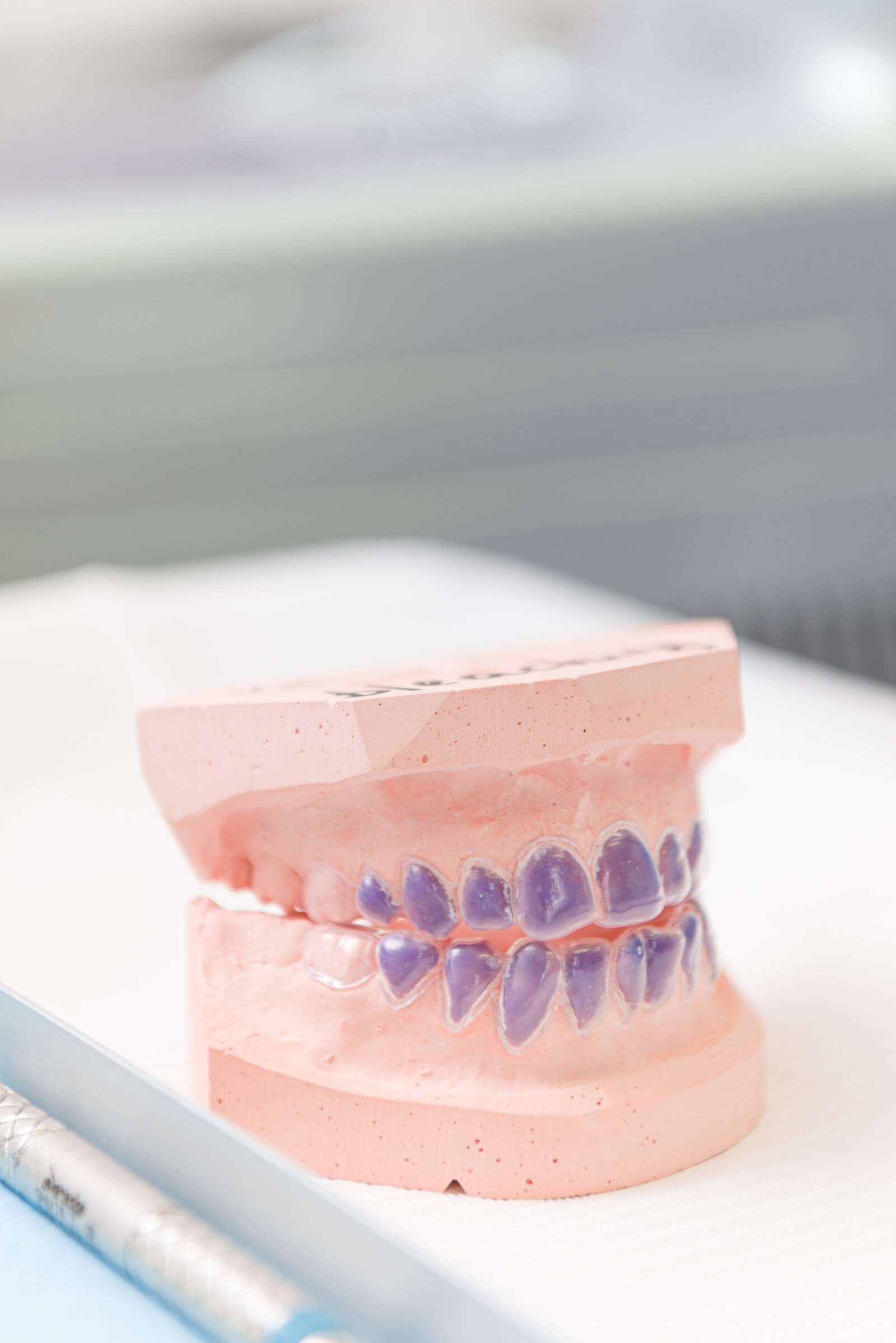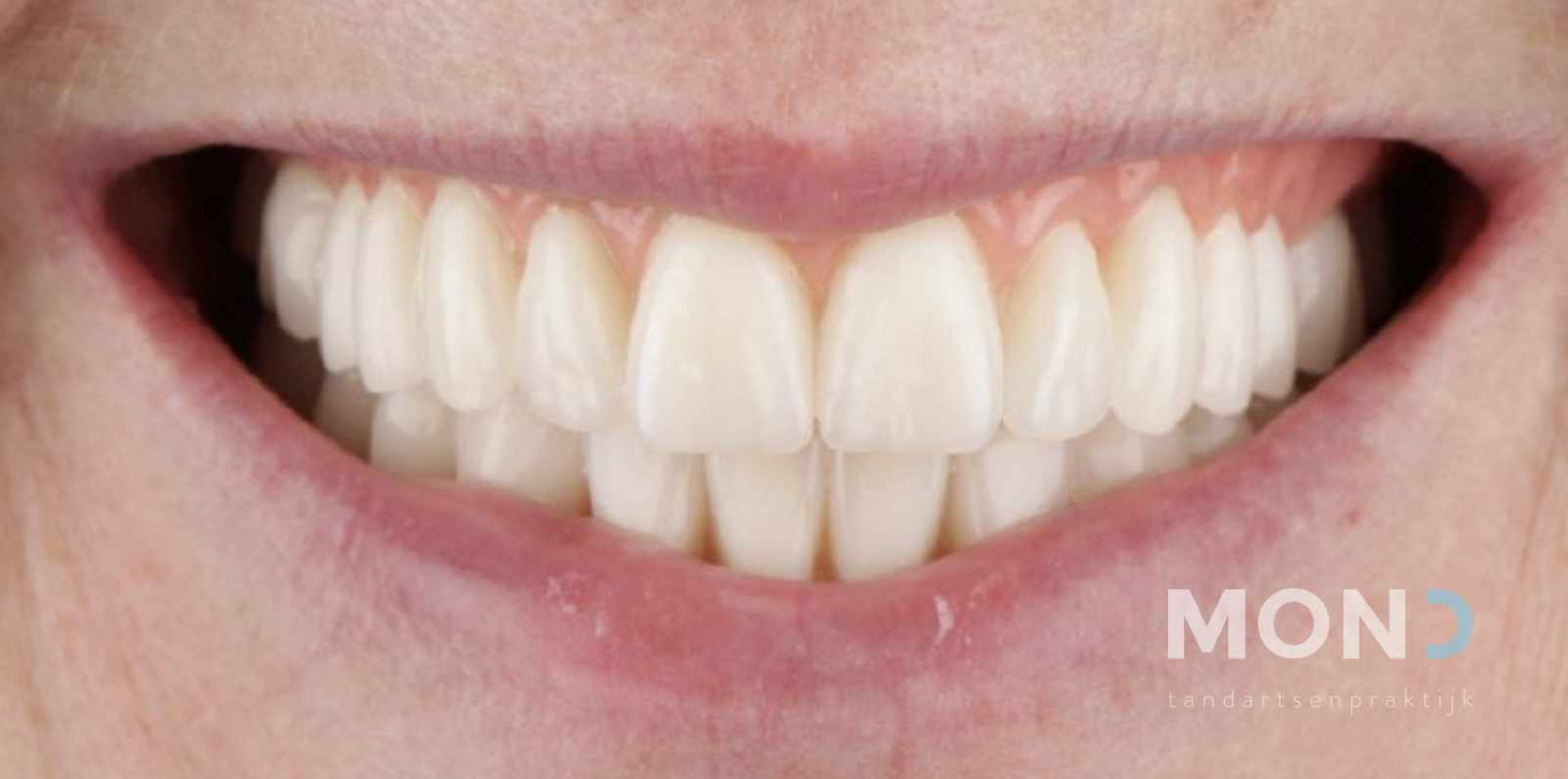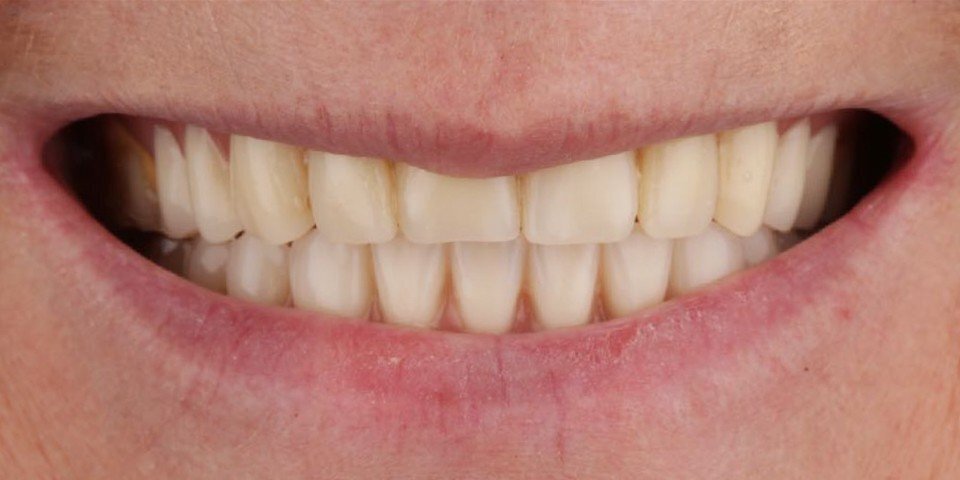Removable prosthetic work
The traditional removable denture is one of the oldest methods used in dentistry for tooth replacement. Despite this, we still continue to use them to this day following a similar method, but using innovative, state-of-the-art materials.
Dental prostheses (dentures)
Dentures are quite often a lovely, simple way in which to replace lost teeth, but they can sometimes cause functional problems or discomfort. However, this is highly dependent on patient expectations and engagement, as well as the technical expertise of both the dentist and dental technician.
Within dentistry, there are lots of available options when it comes to the placement of dentures.
- Immediate, temporary prosthesis
When a patient suddenly loses 1 or more teeth due to an accident or needs to have their teeth removed due to infection and/or pain, it is often a good idea to insert an immediate replacement for the tooth (or teeth). This can be done using a temporary set of dentures.
The process includes taking an impression or scan of the current situation, which allows the dental technician to manufacture a synthetic denture within a few days. This is then put in place to replace the lost teeth or is used on the same day as any bad teeth are removed. This is a purely cosmetic solution and sometimes provides little comfort, since the gums at the level of the lost teeth have to heal and will change in the process, which in turn changes the fit of the denture.
Once this healing process is over, the treatment plan to permanently replace the tooth or teeth begins, following one of the solutions previously noted, or one of the following processes.
- Dentures with a synthetic plate
If the patient has some remaining good teeth in their mouth, the new denture will often be placed over these teeth using clamps (brackets) to provide more hold. Given their metallic colour, these do not always look great if the patient shows a lot of teeth while laughing or speaking.
If no teeth are left in the mouth, the denture must be made to cover the palate, creating suction that holds the dentures in place. In the lower jaw, however, this is much more difficult, since the way in which the tongue moves can affect the stability and grip of the dentures.
Living with dentures can be a very good and comfortable experience, but it does sometimes require extra effort on the part of the patient to learn to eat and talk in a new way, allowing for the fact that the mouth muscles and tongue need to hold the dentures in place. Depending on the patient's wishes, expectations and available financial options, the prosthesis can be made in different designs (type of teeth, synthetic material, finish, etc.). All of this can be discussed with your dentist.
The Belgian mutuality (health insurance fund) will reimburse removable synthetic plate dentures from the age of 50 onwards. The amount of reimbursement depends on the number of teeth that are replaced. Every 7 years, the patient may be eligible for a new set of dentures.
- Dentures with a removable frame prosthesis
If a patient still has enough good teeth and has a favourable long-term prognosis, the dentist might well suggest using frame dentures instead of synthetic dentures. For this purpose, a strong metal frame is manufactured that slides and/or ‘snaps’ over the existing teeth. Both synthetic material and teeth are placed over this metal frame to create a solution that looks great.
The cost for this technical work is a lot higher, but so are the resulting comfort levels. In fact, the metal frame provides greater stability for the denture, reducing the patient's perception of the denture moving in the mouth. A frame denture is also much more beneficial for any remaining teeth since the load is much better distributed, allowing these teeth to be kept even longer.
- Removable snap-on dentures
If a patient experiences issues with the stability of their dentures in their mouth, or has difficulties with their palate being covered, it may be appropriate to opt for snap-on dentures on implants.
To achieve this, between 2 and 4 implants are placed in the jawbone. Once these implants have grown into place, the dentist can create additional anchor points using push buttons or a splinted bar construction that is embedded in the removable denture. This allows the dentures to be more inserted more elegantly, allowing the palate to remain uncovered that can often mean the patient is able to chew better as well, since the dentures remain more secure during any movements. However, this type of denture must also be removed for proper maintenance to ensure that food or plaque does not collect under the denture.
The Belgian health insurance fund (mutuality) will also reimburse snap-on dentures on 2 implants in the lower jaw from the age of 70 onwards.
- Removable overdentures
This type of prosthetic offers the highest possible form of comfort for a patient within the scope of having a removable set of dentures. The dentures can inserted using a few of your own teeth (if they are in a good condition and properly positioned) or with multiple implants.
The dentures consist of 2 parts:
- an individual frame or single crowns on your own teeth, or implants that are fixed in your mouth;
- the denture prosthesis itself, which includes space for the individual frame.
In this process, part 2 slides over part 1 in the mouth until it fits perfectly in place and so cannot move (a little like 2 buckets sliding over each other). Only by specifically moving the dentures in 1 direction, which is opposite to the bite force, can the prosthesis be loosened and thereby removed from the mouth for cleaning.
The major advantages of this type of appliance is the increased levels of comfort when chewing, the ability to provide adequate lip support when a large proportion of jawbone or gums are lost, and the fact you can ensure easy cleaning of the existing structure in the mouth.
Research has shown that this type of solution has the highest long-term usage rate in an elderly population. Later in life, they may no longer have the necessary (fine) motor skills to properly look after their teeth; these are crucial, though, for other solutions such as bridgework since this is fixed onto their own teeth or implants.

Recover you smile
Is a removable prosthetic work something you’re interested in?
Check out the practices that offer removable prosthetic work below:
MOND Groen Kwartier
Pater Pirestraat 50,
2018 Antwerpen
MOND Paro Plus
Louis Marcelisstraat 25a,
1970 Wezembeek-Oppem


